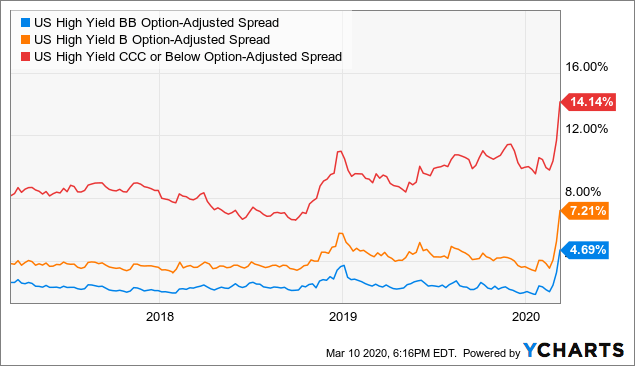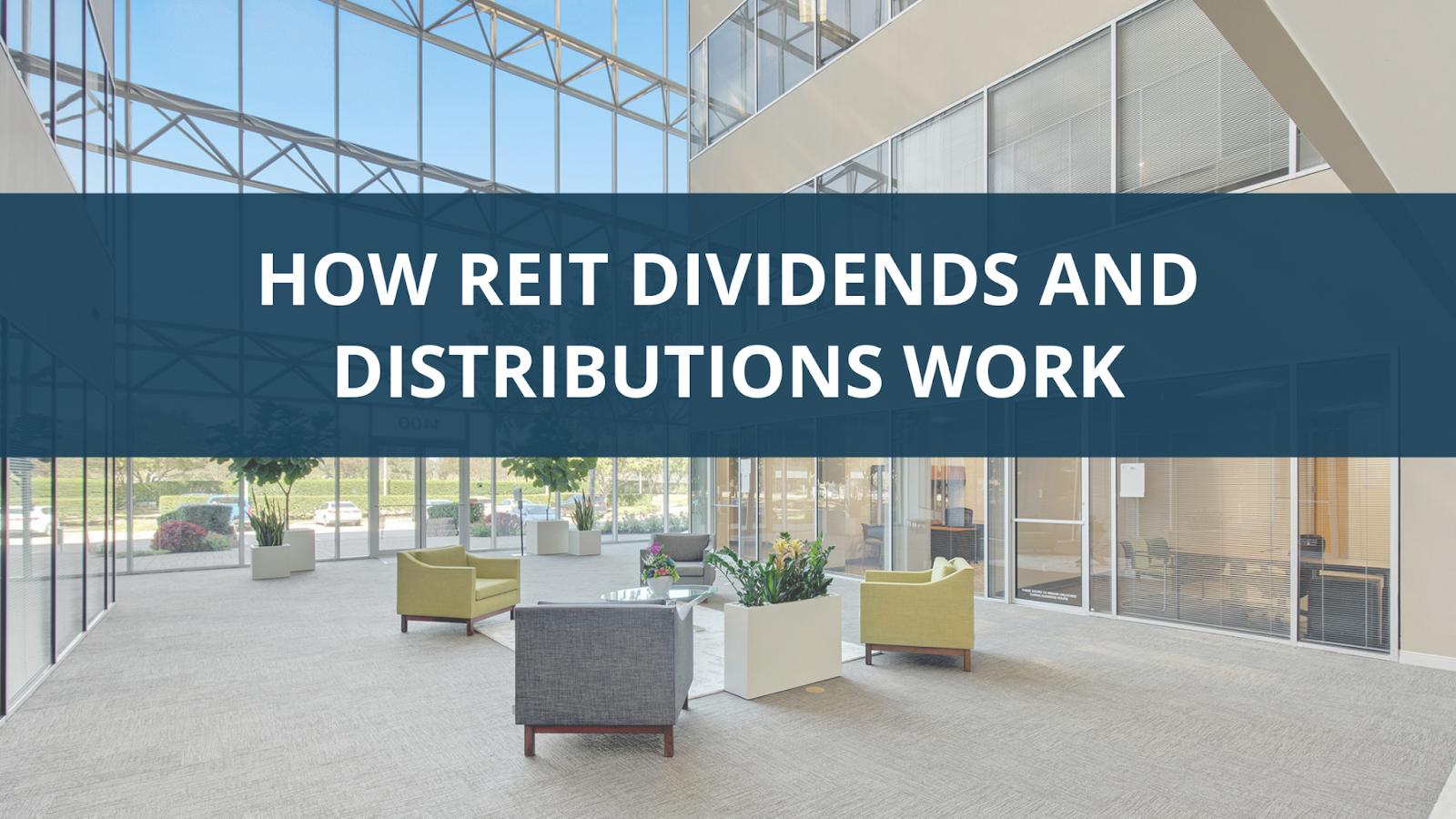
The S&P 500 will give you a decent return. This index can be used to diversify your portfolio in the most secure and cost-effective manner. This index is designed to replicate the returns of all major U.S. indicies and costs only about a third of the price of mutual funds.
The S&P 500 Index is the safest and most reliable way to earn a good return.
There are many benefits to investing in the S&P 500, such as diversification and low cost. You can either buy stocks from companies within the S&P 500 or you can invest in an index fund that mimics the entire S&P 500. Index funds are popular investments for retirement accounts and other goals, and can be purchased through a brokerage account. Some index funds have tax benefits.
The S&P 500 Wall Street Index is the most commonly used. It provides an instant overview of the market's performance. You can also add securities closely matching the S&P 500 into your portfolio. Studies show that if you buy stocks that mimic the index, you're 90% likely to make a good return.

Long-term investors might find it lucrative to invest in the S&P 500. The annual average return for the S&P 500 Index is approximately 8% if you invest in an ETF or mutual funds. However, the return may vary depending on the individual stocks you buy.
This is an inexpensive way to diversify your portfolio
Investors who wish to minimize risk and maximize their returns need diversification. This means diversifying your portfolio across asset classes and markets. This allows for you to attain the desired levels and returns at a very low cost. Diversification can also help reduce the emotional impact on your investments. Warren Buffet famously stated, "Emotion control is an essential aspect to investing."
A variety of assets can be used to diversify your portfolio. This includes mutual funds, corporate bonds and equities. It is possible to be more risky investing in one asset class than the entire market. Diversified portfolios can help you weather market swings and lower your overall risk.
One way to invest in the s is to purchase index funds that track the S&P 500. These index funds are inexpensive and offer greater diversification. These funds usually own the largest number of stocks in the benchmark index and then sell shares to investors.

It mimics the returns from all U.S. Indexes
Passive index investing, which is low-cost and easy to do, allows you to imitate popular indices. Index funds use a weighted formula to calculate performance. Higher market capitalization companies are given more weight in the formula. Their performance will therefore be more closely linked to the overall market.
FAQ
How does Inflation affect the Stock Market?
The stock market is affected by inflation because investors need to pay for goods and services with dollars that are worth less each year. As prices rise, stocks fall. This is why it's important to buy shares at a discount.
How do people lose money on the stock market?
The stock market is not a place where you make money by buying low and selling high. It's a place you lose money by buying and selling high.
The stock exchange is a great place to invest if you are open to taking on risks. They are willing to sell stocks when they believe they are too expensive and buy stocks at a price they don't think is fair.
They hope to gain from the ups and downs of the market. But they need to be careful or they may lose all their investment.
How can I find a great investment company?
Look for one that charges competitive fees, offers high-quality management and has a diverse portfolio. Fees are typically charged based on the type of security held in your account. Some companies charge no fees for holding cash and others charge a flat fee per year regardless of the amount you deposit. Others charge a percentage of your total assets.
You also need to know their performance history. Poor track records may mean that a company is not suitable for you. Companies with low net asset values (NAVs) or extremely volatile NAVs should be avoided.
Finally, you need to check their investment philosophy. An investment company should be willing to take risks in order to achieve higher returns. They may not be able meet your expectations if they refuse to take risks.
Can bonds be traded
Yes, they do! They can be traded on the same exchanges as shares. They have been doing so for many decades.
The only difference is that you can not buy a bond directly at an issuer. You must go through a broker who buys them on your behalf.
Because there are fewer intermediaries involved, it makes buying bonds much simpler. You will need to find someone to purchase your bond if you wish to sell it.
There are many different types of bonds. Some bonds pay interest at regular intervals and others do not.
Some pay interest annually, while others pay quarterly. These differences make it easy to compare bonds against each other.
Bonds can be very helpful when you are looking to invest your money. In other words, PS10,000 could be invested in a savings account to earn 0.75% annually. This amount would yield 12.5% annually if it were invested in a 10-year bond.
You could get a higher return if you invested all these investments in a portfolio.
Statistics
- US resident who opens a new IBKR Pro individual or joint account receives a 0.25% rate reduction on margin loans. (nerdwallet.com)
- Even if you find talent for trading stocks, allocating more than 10% of your portfolio to an individual stock can expose your savings to too much volatility. (nerdwallet.com)
- "If all of your money's in one stock, you could potentially lose 50% of it overnight," Moore says. (nerdwallet.com)
- Individuals with very limited financial experience are either terrified by horror stories of average investors losing 50% of their portfolio value or are beguiled by "hot tips" that bear the promise of huge rewards but seldom pay off. (investopedia.com)
External Links
How To
How to create a trading plan
A trading plan helps you manage your money effectively. It helps you identify your financial goals and how much you have.
Before setting up a trading plan, you should consider what you want to achieve. You might want to save money, earn income, or spend less. You might want to invest your money in shares and bonds if it's saving you money. You can save interest by buying a house or opening a savings account. Maybe you'd rather spend less and go on holiday, or buy something nice.
Once you have an idea of your goals for your money, you can calculate how much money you will need to get there. This depends on where you live and whether you have any debts or loans. It is also important to calculate how much you earn each week (or month). Your income is the net amount of money you make after paying taxes.
Next, you need to make sure that you have enough money to cover your expenses. These include rent, food and travel costs. Your total monthly expenses will include all of these.
Finally, you'll need to figure out how much you have left over at the end of the month. This is your net available income.
This information will help you make smarter decisions about how you spend your money.
To get started, you can download one on the internet. Or ask someone who knows about investing to show you how to build one.
Here's an example of a simple Excel spreadsheet that you can open in Microsoft Excel.
This is a summary of all your income so far. You will notice that this includes your current balance in the bank and your investment portfolio.
And here's another example. A financial planner has designed this one.
It will allow you to calculate the risk that you are able to afford.
Don't try and predict the future. Instead, put your focus on the present and how you can use it wisely.